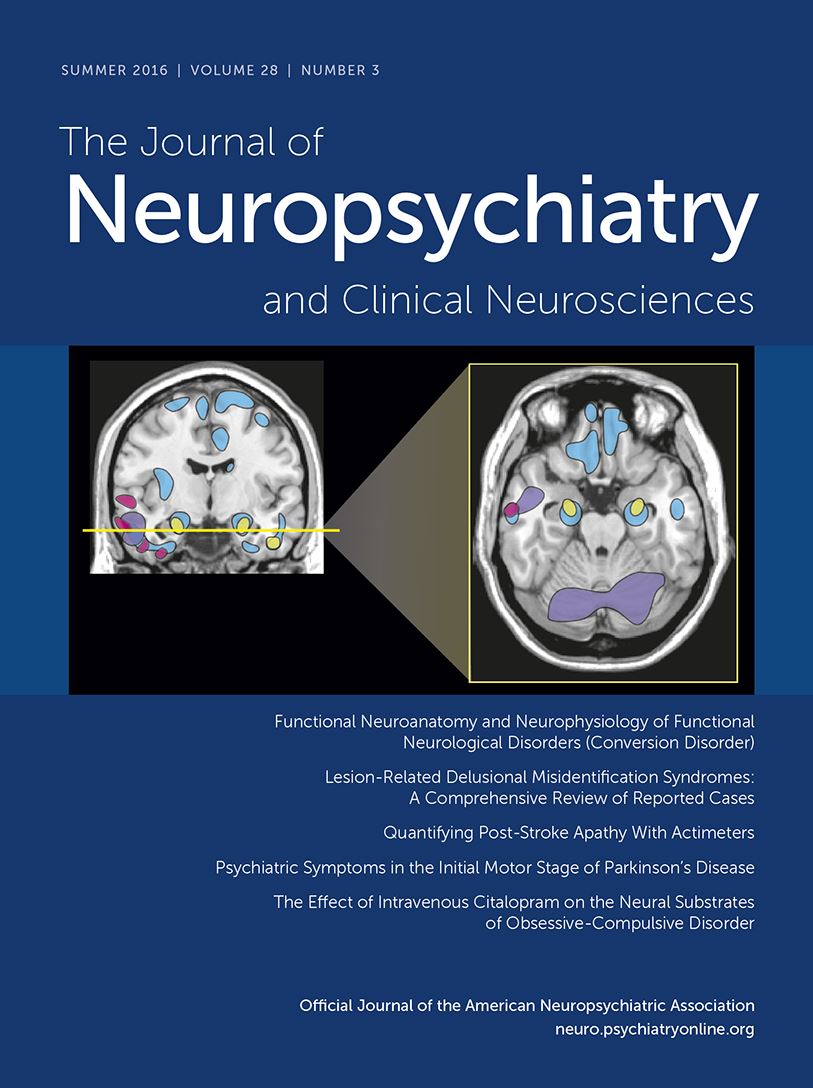Call for Late-Breaking Abstracts is Now Closed
ANPA is pleased to announce a Call for Late-Breaking Abstracts. Submissions describing new research findings or case reports as well as “encore” presentations of abstracts previously presented are welcome. Abstracts accepted for presentation under this call are eligible for poster presentation at the upcoming 34th Annual Meeting of ANPA in Houston, TX, March 6-9, 2024.
Accepted abstracts will be included in an in-person poster session at the meeting, presented in the online virtual poster gallery during and after the annual meeting, and included in the ANPA annual meeting abstracts published in JNCN this summer.
Submission information and a link to the submission platform are provided below. This call will remain open until January 25, 2024 at 11:59 PM PST.
Click below to submit your Late-Breaking Abstract to ANPA:
2024 ANPA LATE-BREAKING SUBMISSION PLATFORM
Keys to successful abstract submission
- The deadline to submit abstracts to the 34th Annual Meeting is January 25, 2024 at 11:59 PM PST. Abstracts submitted after this time will not be considered for presentation or for publication in The Journal of Neuropsychiatry and Clinical Neurosciences.
- About Encore Abstracts: The Program Committee of the American Neuropsychiatric Association (ANPA) will accept submission of abstracts of previously presented and published works, including previously published abstracts. All abstracts accepted for presentation at the ANPA meeting will be featured in a subsequent issue of ANPA’s official journal, the Journal of Neuropsychiatry and Clinical Neurosciences. Thus, in addition to submitting abstracts that adhere to formatting specifications and a 250-word limit, authors electing to submit previously published abstracts are responsible for ensuring that submission to ANPA adheres to the copyright policy and use provisions of the prior publisher.
- Abstract submissions not adhering to the guidelines provided in the General Format Guidelines and following the structure relevant to the type of abstract submitted (i.e., Research Report or Clinical Case Report) will be returned unreviewed to the corresponding author for correction and resubmission.
Abstract Submission Guidelines
Format for research reportsBackground: A succinct summary of the literature or theoretical rationale underlying the abstract. Example: HIV-Associated Dementia (or AIDS Dementia Complex) is thought to represent a subcortical dementia... Objectives: This section should provide the basic rationale for the research and the hypothesis tested. Example: Subjects included 20 HlV-seropositive male outpatients who met criteria for HIV-associated Dementia. All subjects received... Methods: This section must include the number of subjects and information about the experimental design. Example: Subjects included 20 HlV-seropositive male outpatients who met criteria for HIV-associated Dementia. All subjects received... Results: This section should include the statistical approach and details of the analysis that support the conclusions. Statements such as “results will be discussed” or “data will be presented” are not acceptable. Example: Apathy measures were significantly correlated with basal ganglia hypoperfusion. This is in contrast to... Conclusion: This section should summarize the essential findings and their implications Example: Apathy, but not syndromal depression, is associated with subcortical impairments in... | Format for clinical case reportsBackground: Describe theoretical rationale underlying the abstract and how the case(s) is (are) novel. Case History: Should include a succinct summary of the literature as well as a history of the case(s). Outline any supportive neurodiagnostic data (video sample, imaging, test data, etc) that will be included. Conclusion: This section should summarize the essential findings or unresolved clinical problems or unexpected outcomes or potential dilemmas and their implications when managing Neuropsychiatric disorders. Example abstractsBefore submitting, please review the following examples of properly formatted abstracts.  |
General abstract formatting guidelineso Abstracts must be submitted in the fields provided in Oxford Abstracts. o List the title at the top of the abstract and in the following format: The First Letter of Each Word is Capitalized, Except for the First Letter of Mid-Sentence Determiners, Prepositions, and Conjunctions. o List author name(s) only in the fields specifically for such provided in Oxford Abstracts – do not include them in the space intended for the title or the body of the abstract. o Provide author affiliation(s) only in the fields specifically for such provided in Oxford Abstracts – do not include them in the space intended for the title or the body of the abstract. o The body of the abstract is limited to 250 words (i.e., not including title and authors). o Scientific words can be entered in mixed case (e.g., fMRI). o Do not include references in the abstract (i.e., do not include in-text citations or a bibliography/reference list). o Do not include tables, figures, and videos in the abstract or with the abstract submission. o Do not include keywords in your submission. |
